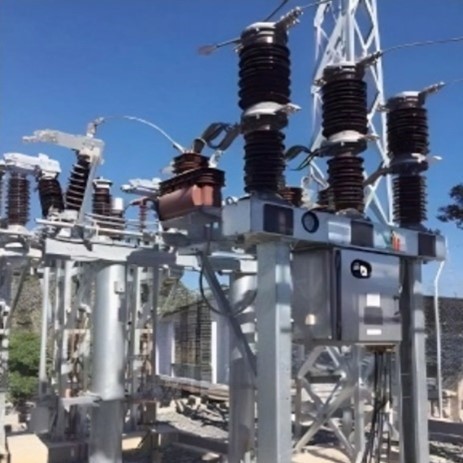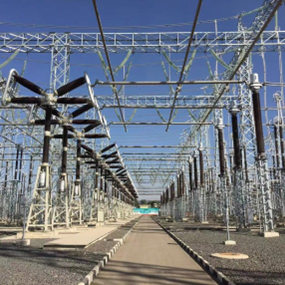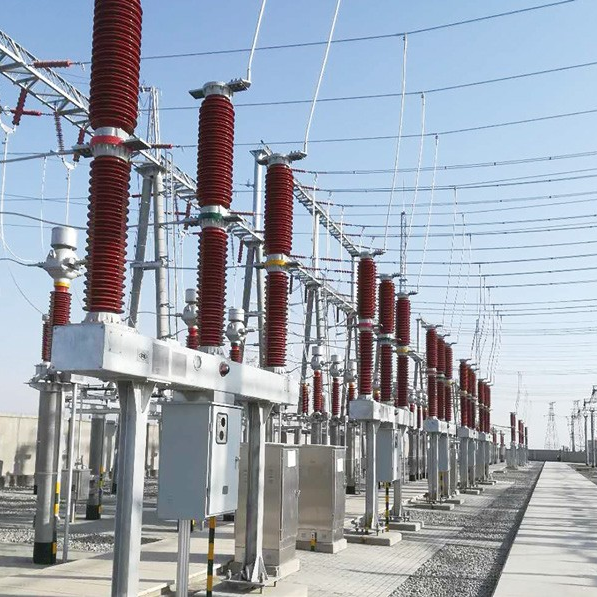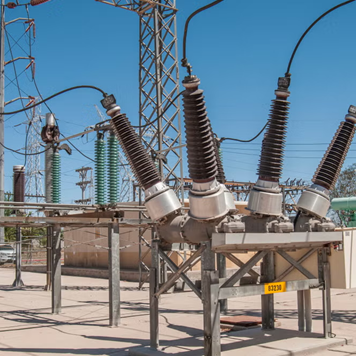SF6 Circuit Breaker Solutions for Outdoor Installation (Anti-Pollution & Seismic Resistance)
05/12/2025
I.Core Challenges in Outdoor Installation
In high-voltage transmission and distribution systems, SF6 circuit breakers are exposed to complex outdoor environments for extended periods, facing the following critical issues:
- Pollution & Insulation Degradation
- Dust, salt fog, and industrial pollutants in outdoor environments easily adhere to equipment surfaces. In coastal or industrial areas, pollution levels may reach Class IV, resulting in insufficient creepage distance and triggering flashover accidents.
- High humidity (daily average 95%) and condensation further accelerate insulation deterioration.
- Seismic & Mechanical Impacts
- Seismic horizontal acceleration must withstand 0.25g, yet traditional breaker structures are prone to porcelain sleeve fractures or transmission mechanism jamming under intense vibrations.
- Extreme wind speeds (34 m/s) and ice coating (10 mm) impose higher demands on mechanical strength.
- SF6 Gas Management & Leakage Risks
- Large outdoor temperature fluctuations (-40°C to +40°C) may cause seal material aging, increasing gas leakage risks.
- Accumulated SF6 gas in low-lying areas poses asphyxiation hazards, requiring compliance with environmental regulations.

II. Targeted Solutions by ROCKWILL Corporation
Addressing these challenges, ROCKWILL integrates multi-scenario validation and technology to deliver the following innovations:
- Anti-Pollution & Insulation Enhancement
- High Creepage Distance & Surface Treatment:
Creepage distance ≥31 mm/kV, paired with silicone rubber composite insulation bushings featuring hydrophobicity and self-cleaning capabilities to resist contamination. - Fully Sealed Gas Chamber:
Stainless steel gas chamber with laser welding technology blocks dust and moisture ingress. Built-in molecular sieve adsorbent dynamically regulates SF6 gas purity. - Seismic Resistance & Mechanical Stability
- Modular Structure Design:
Independently encapsulated three-phase arc-extinguishing chambers with flexible copper connectors to absorb seismic shocks and avoid resonance damage. - High-Strength Materials & Damping Base:
Hot-dip galvanized deep-bend steel shell, stainless steel-aluminum alloy transmission shafts, and seismic bases ensure no structural damage under 0.3g horizontal acceleration. - Intelligent Gas Management & Environmental Adaptability
- Integrated Density Monitoring System:
Temperature-compensated density relays monitor gas pressure and leakage rates in real time, with IoT platform alerts. Annual leakage rate controlled to <0.5%. - Extreme Climate Adaptation:
Validated at -40°C, dual-flow arc-extinguishing design ensures stable interruption under icing, high altitude (3000 m), and other harsh conditions
III. Implementation Results & Advantages
ROCKWILL’s solutions have demonstrated the following outcomes across multiple projects:
- Enhanced Reliability
- Anti-pollution performance meets Class IV standards, reducing flashover risks by 90% and extending the maintenance cycle to more than 10 years.
- Seismic resistance satisfies Magnitude 8 requirements, lowering failure rates by 70% compared to traditional equipment.
- Optimized Operational Costs
- Spring operating mechanism reduces energy consumption by 60%, eliminating frequent gas replenishment.
- Modular design enables rapid component replacement, cutting on-site commissioning time to 2 days.
- Environmental & Safety Compliance
- SF6 recovery rate exceeds 99%, with ventilation interlock systems achieving zero asphyxiation incidents.
- Certified to IEC 62271-200 standards, compatible with renewable energy grid integration.













